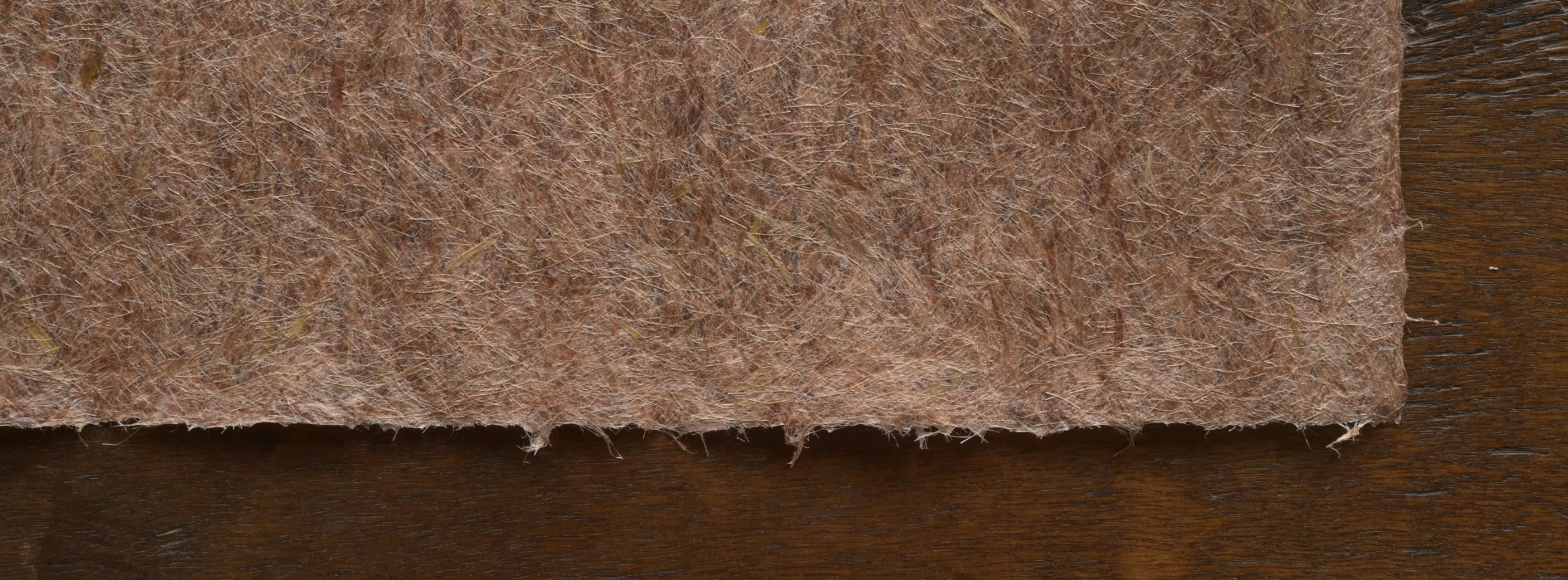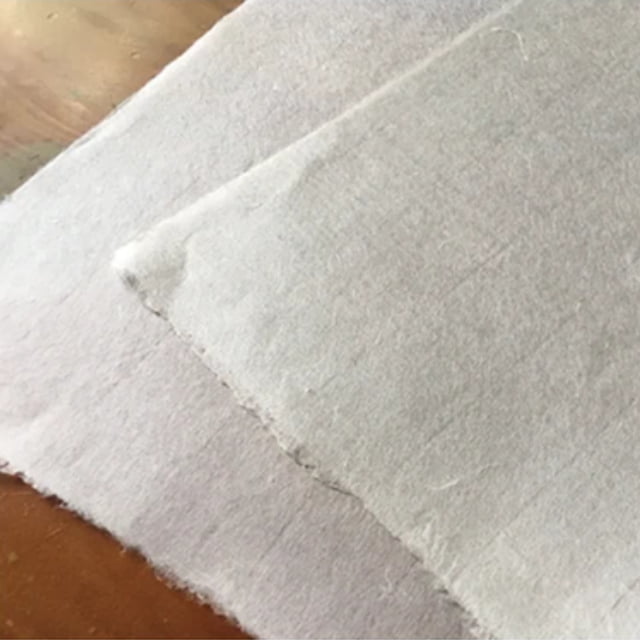About Ryukyushi paper
Ryukyushi is the original paper craft that has been practiced in Okinawa for around 300 years.
This method of making paper spread through the islands of the Ryukyu kingdom originating from the capital Shuri.
As a material, it is an internationally very unique paper because of the particular climate and geographical conditions of Okinawa.

History of Ryukyushi paper
-
Origin
The unique culture of Okinawa is enriched with influences from territories in mainland Japan, China, and other southeast Asian countries that the former Ryukyu kingdom, today’s Okinawa prefecture, was trading with. The rapidly growing Ryukyu kingdom found only insufficient paper supplies from these trading routes to meet its extensive paper consumption and so the beginnings of the craft of ryukyushi paper took place. -
Flourishing of the paper culture
An envoy was sent to Satsuma by the royal government of Shuri to learn the craft of Japanese paper making. After mastering the craft, the envoy returned in 1694 and started the paper making workshop in Kaneshiroson, Shuri. In 1717, four civil servants collaborated on inventing the original paper of Okinawa, bashoshi, which is made of itobasho (Musa balbisiana), a plant locally grown on Okinawa. The original paper making culture developed in the capital Shuri and the craft was eventually passed on to the neighboring islands such as Miyako island and Ishigaki island. The history of Ryukyushi is not as old as that of the Japanese washi paper, however it was an important asset in the development of the Ryukyu kingdom and once protected as part of the culture of Ryukyu. -
Disappearing Craft and Its Revival
In the Meiji era, ryukushi disappeared after being replaced with washi. During the Showa era in the late 1930’s, the beauty of folk crafts of Okinawa was discovered and reevaluated by Soetsu Yanagi and other members of the Japanese arts and crafts movement. However, information and written texts about the production of ryukushi were scarce and it seemed almost impossible to revive this once extinct craft. Washi craftsman Eishirou Abe, a living national treasure, and Kimihiko Katsu, his apprentice, worked on this difficult project to reinvent the tradition of ryukushi. -
Today
Only a few craftsmen remain who still make paper the traditional way in Okinawa, today. Still little known, its paper making environment is not as developed as other washi production sites in mainland Japan. There are many challenges in passing on the culture of Okinawa practiced and cherished by its forebears to a new generation.
The Types of Paper
-


Bashoshi
Basho, Musa basjoo, known as Japanese banana, is a species of flowering plant belonging to the banana family Musaceae. The stem part of basho is the material of bashoshi paper. It is an original paper invented in Okinawa during the 18th century that requires an intricate process and time to make. Its textural surface and gentle brown color reflect the rustic and generous atmosphere unique to Okinawa. -


Aogampishi
Aogampi belongs to the same mezereon family, Thymelaeaceae, as gampi (Diplomorpha sikokiana) and Mitsumata (Edgeworthia chrysantha), whose bark fiber is the common material for handmade, traditional washi paper in the mainland Japan. The process is the same as in the mainland and it has a fine and smooth texture with natural ecru color. -


Hyakutashi, Sugiharagami
Hyakutashi and Sugiharagami papers are made of the Kozo tree (Moraceae family). In Okinawa, Kajinoki (also of the Moraceae family) is the material used for paper making. It originated when an envoy was sent to mainland Japan by the royal government of Shuri to acquire the craft of Japanese paper making. Upon its return, a production site was established in Shuri to make a paper certified by the royal government.
It is told people also made paper out of Kuwa (mulberry tree), Akou (ficus supa erba), and Gajumaru (banyan tree).
-

Interior and spatial design
We produce handmade paper for interior and spatial design. Pasted directly as wallpaper, but also to shoji, lighting, furniture, etc. you can create a special atmosphere that lets you experience the atmosphere of materials unique to Okinawa.VIEW MORE -

Product design
Using ryukyushi paper, we develop products jointly manufactured with craftsmen from all over Japan. We reveal new value in craftsmanship by infusing it with traditional techniques that have been handed down for generations.VIEW MORE








